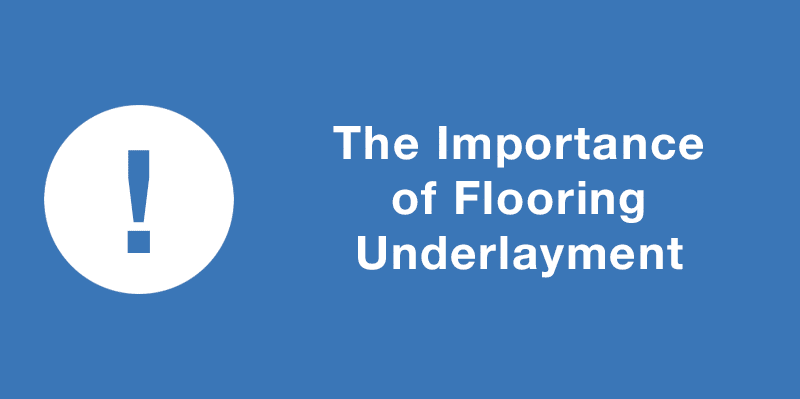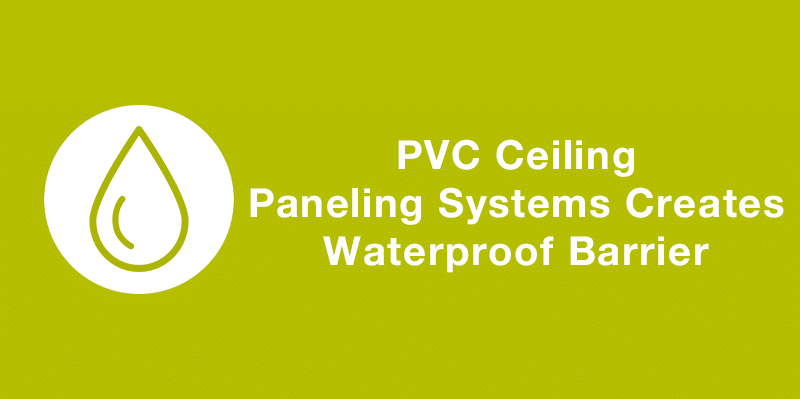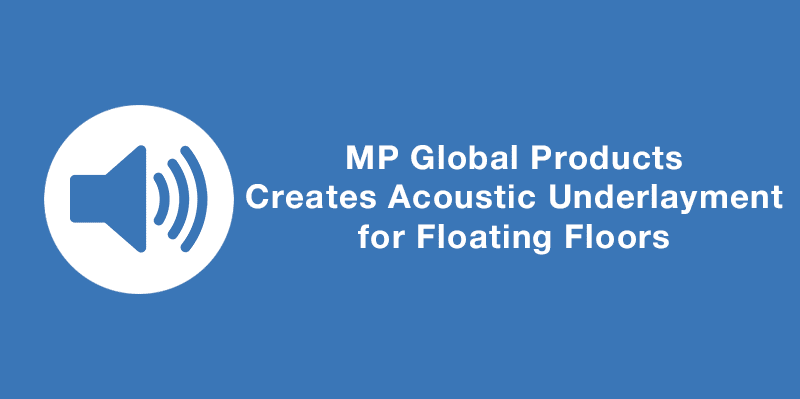When specifying replacement flooring in a commercial, retail, office, hospitality, or multifamily housing renovation, facility managers can choose from a wide range of hard surface materials that may match aesthetic and life-cycle requirements, with options including hardwood, engineered wood, laminate, luxury vinyl tile, and ceramic and porcelain tile. But flooring choices should not stop there. What lies beneath – over the subfloor and under the new flooring – can make a big difference in the long term performance of the installation. Rather than going with one-type-fits-all generic underlayment, specifiers should aim to pair the new flooring choice with underlayment designed, specifically, to enhance performance of that particular type of flooring. High performing underlayment for various types of hard surface flooring is made from materials such as natural, synthetic, or wood fiber, rubber, foam and cork.
Here are seven ways that quality underlayment matched to the type of finish flooring can add long-lasting value to the replacement floor.
1) It can improve the installation process – Underlayment should be flexible enough to compensate for a slightly uneven subfloor and other subfloor imperfections, ensuring that the finished flooring lays down flat.
2) It can improve acoustics in the room – One key advantage underlayment can provide is the ability to improve acoustics. Underlayment with sound-suppressing capabilities will quiet the impact noise of occupant footfall, dampen ambient sound in the room in which it is installed, and inhibit voices, music, TV, and other airborne sound from traveling to the floor below. Fiber, cork, and foam underlayment, in particular, can offer strong sound deadening qualities. When evaluating underlayment for acoustic performance, sound consultants and others frequently interested in sound abatement often rely on certified lab tests of the performance of a floor/ceiling assembly to measure how well it insulates against impact sound and airborne vibration. For installations where quiet between floors is an important consideration, it is a good idea to specify underlayment that carries sound ratings that meet, or better yet beat, minimum local building code requirements, which are typically set quite low.
3) Good compression resistance supports more comfortable walking – Compression resistance is the measurement of force required to produce a specified percentage of compression over the entire top area of a specific sample. Underlayment that provides firm, yet flexible, compression resistance (and holds its shape over time) will disperse the impact energy of footfall, reducing stress on occupant knees and hips, and supporting more comfortable walking over the life of the floor, a welcome attribute in installations where people are on their feet for much of the day, as well as in senior housing.
4) Moisture management helps protect wood, engineered wood, laminate, and luxury vinyl flooring from moisture – Underlayment may address unwanted moisture from spills or other intrusion of water from seeping in from above and/or coming up from the subfloor in a variety of ways. Some products include a thin vapor barrier that can prevent moisture from migrating in either direction while others also incorporate absorbent padding under the vapor barrier that can wick away incidental moisture from the subfloor and, through evaporation, disburse that moisture at the perimeter of the padding. Depending upon where it is used, underlayment for laminate should carry a water vapor transmission rating that matches recommendations from the North American Laminate Flooring Association (NALFA). Moisture management can also reduce the possibility of mold growth under a finished floor.
5) Insulating properties add to occupant comfort – Underlayment that incorporates a generous insulating R-value of at least 0.50 acts as a thermal break and will contribute to greater occupant comfort by helping make the floor warmer in the winter and cooler in summer.
6) Special accommodations for laminate, luxury vinyl tile, and ceramic and porcelain tile improve performance of the floor – Because laminate is not nailed or glued down but rather “floats,” there is, unavoidably, a void between the laminate and the subfloor that, unless addressed, resonates as hollow when walked upon. Underlayment designed to be used with laminate features padding that fills the space and helps eliminate the “click click click” commonly associated with laminate floors. It also enables the floor to sound more like real wood. New tile flooring also benefits from underlayment formulated specifically to help inhibit concrete subfloor lateral cracks from telegraphing through to the tile or grout above.
7) Earth-friendly formulations can help preserve the environment, indoors and beyond – Underlayments made with zero VOCs can contribute to healthier indoor air quality and may, in addition, meet LEED standards for low emissions and contribute to the overall project total in the LEED category of Indoor Environmental Quality. Some manufacturers even have their underlayment tested and third party certified to meet high standards for low emission, such as California 1350, which is the most stringent clean air regulation in the U.S. Companies that take this extra step usually share the information on their packaging and website. In addition, underlayment manufactured from recycled content can divert recyclable discarded materials from landfills and may contribute to the overall percentage of pre-consumer content for LEED certification in the category of Materials and Resources.
Jack Boesch is director of marketing at MP Global Products, reach him at (888) 379-9695.
Original Article: Buildings.com – January 30, 2015
Posted on: Tuesday, February 24, 2015
Last modified on: Tuesday, February 24, 2015
Join Our Newsletter
You are about to install your new flooring. As you lay the first plank you realize that












